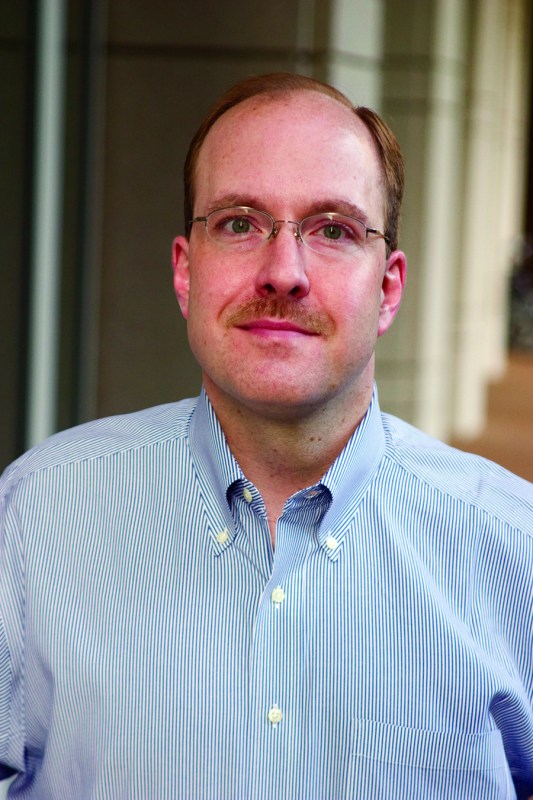Investigators seek to trace autism’s genetic architecture
Vanderbilt University is participating in a multi-center project, funded by a $17 million federal stimulus grant, to identify the “genetic architecture” of autism.
The researchers will scan the DNA sequences of thousands of people for rare genetic variations associated with autism risk. The project will generate a huge amount of data to “really get at the biological questions,” said James Sutcliffe, Ph.D., who will lead the Vanderbilt contribution.
Autism is a spectrum of developmental disorders characterized by impairments in communication and social interaction, and patterns of repetitive, restricted and stereotyped behaviors. It occurs in up to one in every 150 children in the United States, mainly boys.

James Sutcliffe, Ph.D.
Both common and rare variations in many different genes may increase autism risk. Most studies to date have focused on common genetic variation, which causes only slight increases in risk. Emerging data implicate rare variants and specific genes in which they are found, although mutations in these genes may affect only a small number of families.
The level of complexity is “extraordinary,” Sutcliffe said, but at the same time the scientific challenge is “absolutely fascinating.”
Nationally known for his contributions to autism genetics, Sutcliffe is associate professor of Molecular Physiology and Biophysics and of Psychiatry. He is an investigator in the Vanderbilt Kennedy Center for Research on Human Development and in the Vanderbilt Centers for Human Genetics Research and Molecular Neuroscience.
The “genetic architecture” project, supported by a two-year stimulus grant awarded last fall through the National Institute of Mental Health, will be conducted in two phases.
In the first phase, genetic sequences from DNA samples collected from people with autism will be compared to control samples at Baylor College of Medicine and at the Broad Institute of MIT and Harvard.
Approximately 1,000 different genes will be deeply sequenced and compared using “next generation sequencing” techniques. The goal is to identify previously unrecognized gene variants that are associated with autism.
In the second, verification phase, DNA samples from 2,500 “trios” — children with autism and their parents — and from an additional 2,000 controls will be sequenced and scanned for the top 50 genes identified in the first phase.
This work will be done by Sutcliffe and his colleagues at Vanderbilt, and by researchers at Mount Sinai School of Medicine, the University of Pennsylvania, the Broad Institute and University of Pittsburgh.
Additionally, the Rutgers University DNA and Cell Repository will create a new repository of DNA, cell lines and clinical data from the families studied in this project.
Sutcliffe said the project should create a huge opportunity for scientists to study the effect of genetic variation on the function of specific brain proteins and the biological networks in which they play a role.
But, he cautioned, “this is one step in a long story.”













